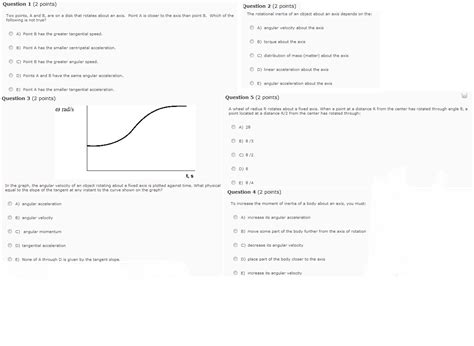Theoretical Question: Can Ethereum Be Used for Fractional NFT Ownership?
Ethereum, the second-largest cryptocurrency by market capitalization after Bitcoin, has long been touted as a platform that allows for decentralized ownership and trading of unique digital assets. Among these assets are Non-Fungible Tokens (NFTs), which represent exclusive, unique items such as art, collectibles, or in-game items. While NFTs can be bought, sold, and traded on various platforms, one question remains: can Ethereum be used for fractional NFT ownership?
To answer this question, we’ll delve into the theoretical aspects of how Ethereum could facilitate fractional NFT ownership and explore the potential benefits and challenges associated with such a concept.
What is Fractional Ownership?
Fractional ownership refers to a situation where an individual or entity owns a percentage of a large asset, rather than the entire asset itself. In traditional ownership models, individuals typically purchase entire units of the asset, which can be difficult to resell or trade without facing significant losses if the original unit is sold.
Can Ethereum Support Fractional NFT Ownership?
In theory, Ethereum’s decentralized nature and smart contract-based architecture could enable fractional NFT ownership. Here are some potential ways Ethereum could facilitate this concept:
- Tokenization: Ethereum can create a token that represents an NFT, allowing for its ownership to be fractionalized. This would require the development of specialized tokens that can represent fractions of an NFT.
- Decentralized Exchanges (DEXs): DEXs like Uniswap and SushiSwap enable users to buy, sell, and trade tokens on a decentralized platform. A fractionally tokenized NFT could be listed on these exchanges, allowing buyers and sellers to interact with each other without needing traditional asset ownership.
- Smart Contracts: Ethereum’s smart contract system allows for the creation of self-executing contracts with specific rules and conditions. Fractional NFT tokens could be designed as smart contracts that automate the transfer of ownership when specific conditions are met.
Challenges and Considerations
While fractional NFT ownership on Ethereum is theoretically possible, several challenges need to be addressed:
- Scalability: As more users transition to fractional NFT ownership, the platform needs to maintain scalability to accommodate these new use cases.
- Regulation: The regulation of decentralized exchanges, tokenized assets, and smart contracts raises questions about jurisdiction and compliance with anti-money laundering (AML) and know-your-customer (KYC) regulations.
- Security: Ensuring the security and integrity of fractional NFT tokens is crucial to prevent manipulation or loss of ownership.
- User Experience
: Fractional NFT ownership may require significant changes to user interfaces, payment systems, and onboarding processes.
Conclusion
While fractional NFT ownership on Ethereum presents a promising opportunity for decentralized asset trading and investment, it requires careful consideration of the technical, regulatory, and practical challenges associated with such a concept. As the Ethereum ecosystem continues to evolve, it’s likely that we’ll see further developments in this area. However, one thing is certain: as the boundaries between traditional ownership models and blockchain-based assets continue to blur, new opportunities for fractional NFT ownership will emerge.
References

- Ethereum Whitepaper (2016)
- Uniswap DeFi Lending Documentation
- SushiSwap DEX Documentation
Note: This article is a hypothetical exploration of the theoretical possibility of fractional NFT ownership on Ethereum.
Deixe um comentário